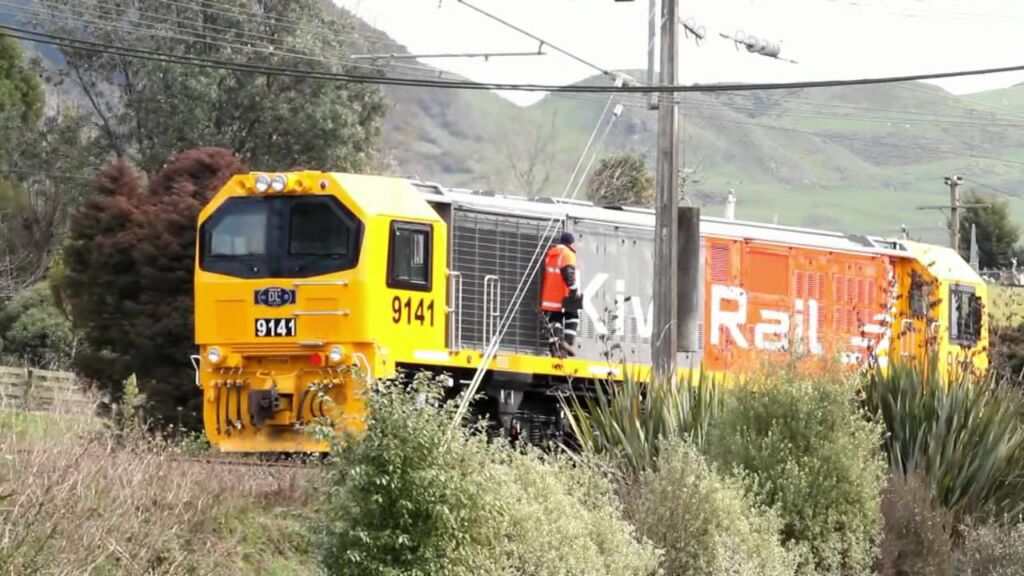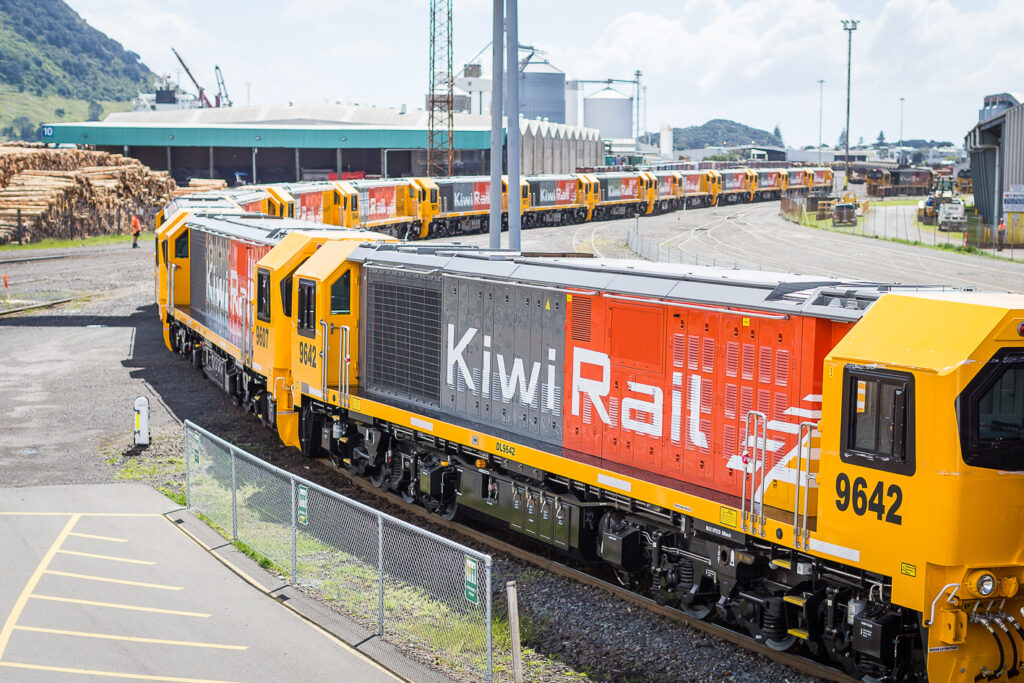Business News Consumer News Economic News Economy News Finance News green International News New Zealand Kiwi News Pacifica Railroad Railroad News Shipping News Train news transport Transportation Transportation News
New Zealand to Benefit from Improved Northland Line
The re-opening of the rail line between Whangārei and Swanson in West Auckland is a significant achievement and has immediately boosted KiwiRail’s ability to deliver freight services for New Zealanders. The track opened last week and…

